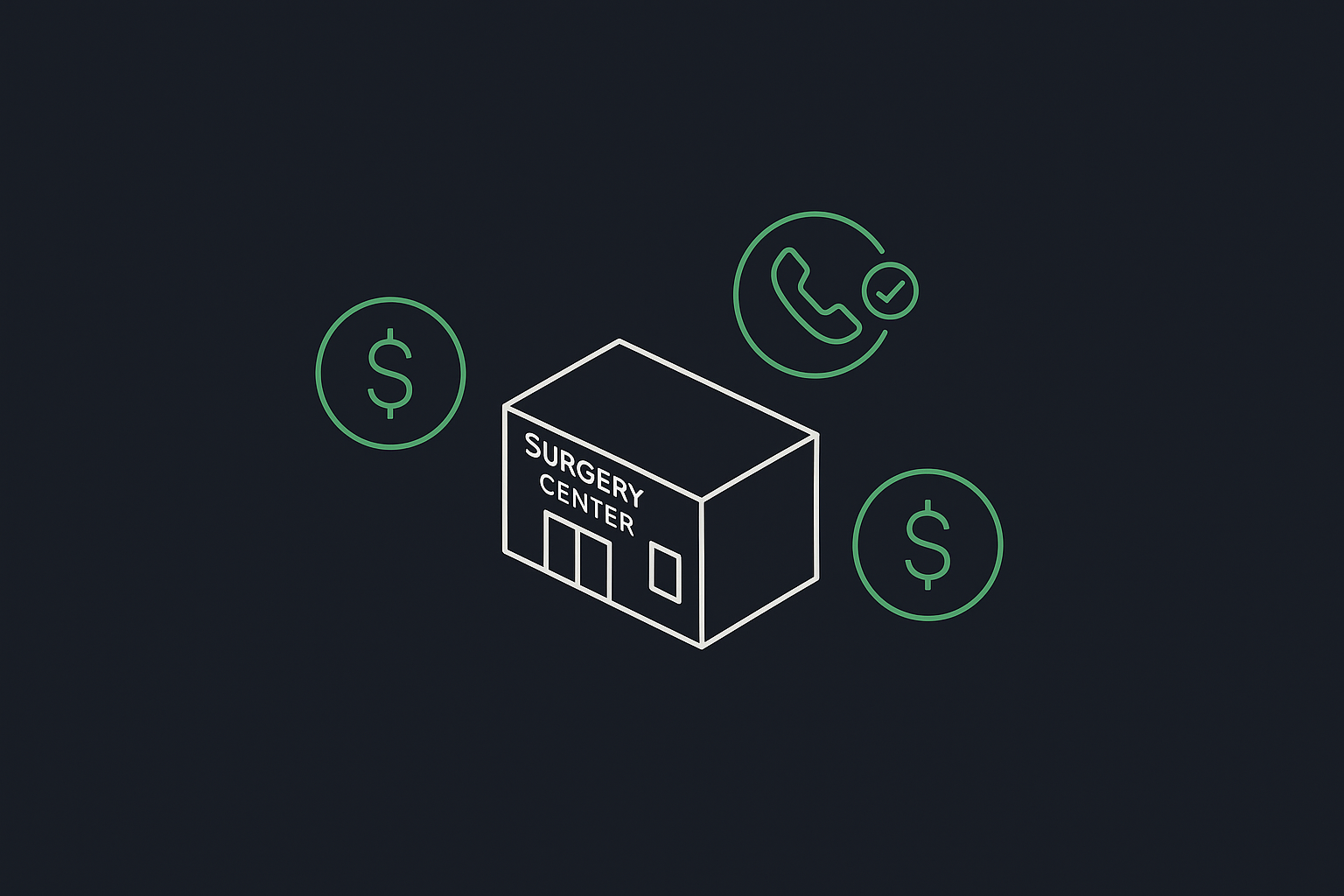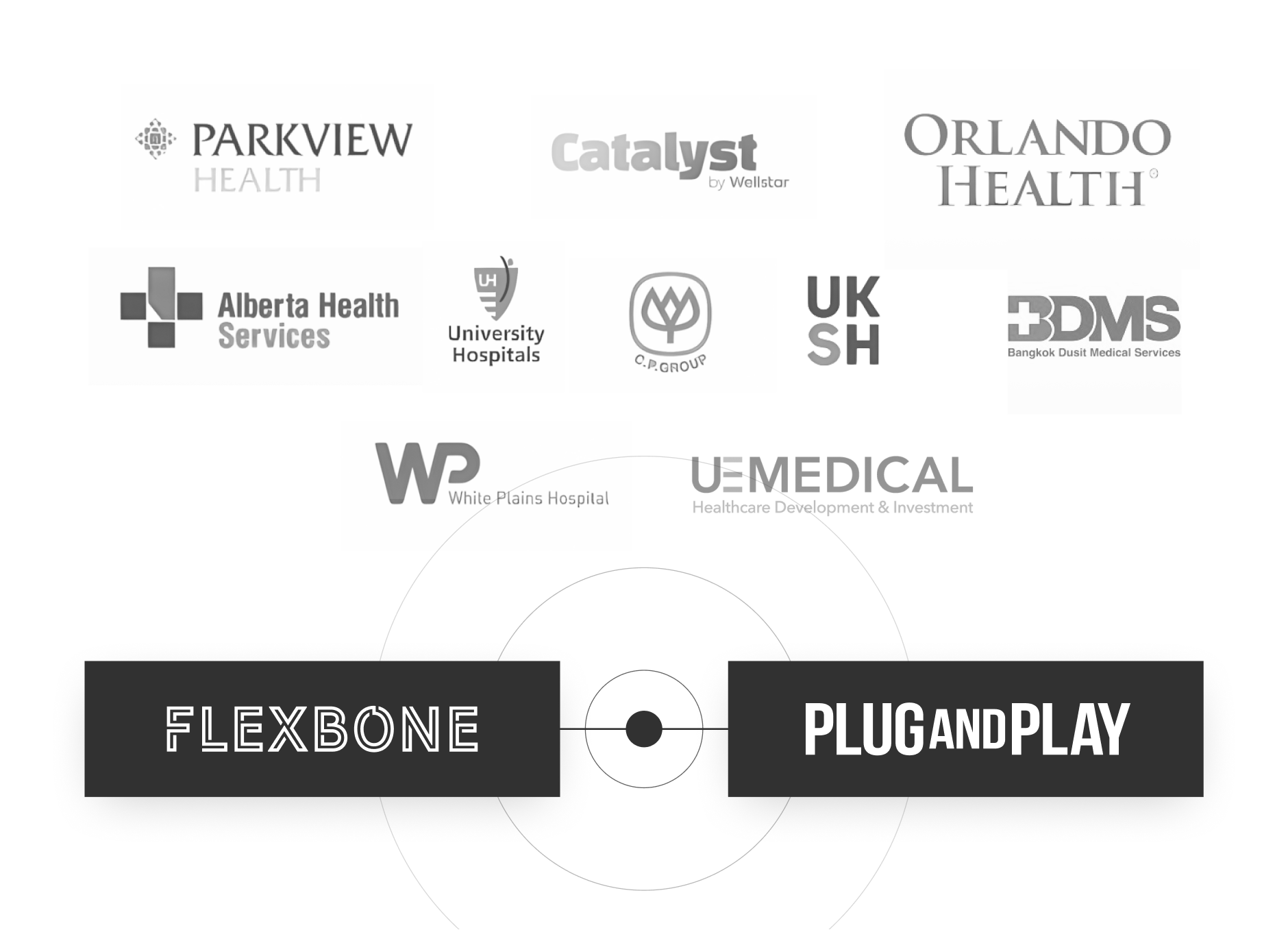
Ambulatory Surgery Centers (ASCs) are reshaping how patients experience surgical care. They combine the precision of hospital-based procedures with the agility and affordability of outpatient settings. But while clinical excellence has always been the foundation of ASC success, the next competitive advantage lies elsewhere: in engagement efficiency.
Across the industry, administrative inefficiency remains one of the biggest barriers to growth. Scheduling, eligibility checks, patient communication, and billing processes often rely on manual work and disconnected systems. Patients and caregivers are playing phone-tag with their healthcare providers to just try to get a first visit. These friction points limit patient access, frustrating patients, and inhibit financial performance of your ASC.
Artificial intelligence (AI) is changing this. By automating repetitive tasks, connecting workflows, and turning data into insight, AI allows surgery centers to operate like high-performance organizations: efficient, transparent, and responsive.
Below are five key areas where AI and automation are redefining how leading surgery centers operate.
1. Streamlining Patient Intake and Scheduling
Every patient interaction begins with intake. When forms, phone calls, and verification steps are handled manually, the process becomes a bottleneck. Patients lose time, staff lose focus, and schedules fall behind.
AI-based intake tools can collect and validate patient data automatically. They guide patients through digital forms that check for missing details, pre-verify insurance coverage, and push data directly into scheduling systems.
The impact is immediate: fewer phone calls, fewer reschedules, and complete patient records before the day of surgery. Patients get faster confirmation, while staff spend more time managing care rather than paperwork.
2. Automating Insurance Verification and Authorization
Eligibility and pre-authorization remain the backbone of financial accuracy. Many surgery centers still depend on staff manually logging into payer portals to confirm coverage.
AI tools can now perform these checks continuously and in real time. They verify coverage, confirm co-pays and deductibles, and flag procedures that require pre-authorization. When an approval is pending, they can follow up automatically, reducing idle time and avoiding last-minute cancellations.
This automation shortens payment cycles and protects margins but just as importantly, it ensures patients receive clear, accurate information before the procedure even begins.
3. Optimizing Scheduling and Utilization
Operating room time is the most valuable resource in any ASC. Idle blocks or uneven scheduling can have a direct impact on profitability.
AI-driven scheduling systems can analyze historical case data to identify underused times, predict cancellations, and recommend optimal case sequences. When paired with after-hours chatbots or voice assistants, they can capture patient requests overnight and fill open slots by morning.
These systems allow surgery centers to improve utilization without adding staff or extending hours. For patients, it means faster access to care and fewer delays.
4. Strengthening Communication and Follow-Up
Consistent communication is key to patient safety and satisfaction. Yet manual follow-up calls are time-intensive and inconsistent, especially in high-volume centers. Most facilities aren’t even monitoring the health and consistency of these communications.
AI-powered voice systems can automate routine outreach. They can call patients after surgery, collect recovery updates, and escalate urgent responses directly to clinical staff. They can also remind patients about medications, follow-ups, or satisfaction surveys.
This ensures every patient receives timely communication without overloading teams, while maintaining a documented record for quality and compliance.
5. Delivering Transparent Upfront Cost Estimates
Today’s patients are informed, price-sensitive, and mobile. For many common procedures — cataract surgery, colonoscopy, arthroscopy — they’re not just comparing providers; they’re shopping. If a patient searches for “cataract surgery in Atlanta” and your center isn’t visible, doesn’t publish pricing, or can’t provide immediate availability, they’ll likely default to a large health system.
To stay competitive, ASCs need to make their offerings discoverable and their costs transparent. That means patients should be able to see when they can be scheduled, what their insurance covers, and what their total out-of-pocket cost will be — all before picking up the phone.
Traditionally, calculating that cost requires multiple staff touchpoints and payer calls. AI can collapse that process into seconds. By integrating eligibility data and payer fee schedules, AI systems can generate personalized cost estimates that include co-pays, deductibles, and coinsurance. Patients can receive these estimates automatically via text or email, confirm their appointment, and even complete prepayment or financing steps online.
This level of transparency isn’t just good service — it’s a conversion strategy. It reduces phone tag, eliminates uncertainty, and helps ASCs compete directly with hospitals on convenience and confidence. The centers that master upfront pricing not only win more patients but also accelerate collections and strengthen long-term loyalty.
The Broader Impact: From Efficiency to Advantage
The best-run ASCs are no longer thinking of automation as a point solution. They are connecting every operational layer from intake to insurance to payment, into a unified, intelligent workflow. AI serves as the connective tissue that links these processes and provides real-time visibility across them.
When information moves seamlessly, staff can shift from reactive to proactive work. Denials are prevented rather than corrected. Patients receive answers immediately rather than after multiple calls. Every improvement compounds, driving efficiency and trust throughout the organization.
The Path Forward
For surgery centers, transformation doesn’t mean replacing staff or overhauling systems overnight. It means identifying the most time-intensive workflows and applying AI to simplify, accelerate, and connect them.
In a marketplace where patients are price-conscious and competition is fierce, the ASC that delivers clarity, access, and reliability will stand apart. Those that fail to modernize risk becoming invisible in an increasingly consumer-driven environment.
Connect with us
We are here to help you with any questions. Drop a line and our team will get back to you as soon as possible
Get In Touch




.png)